National African-American Museum Celebrates Grand Opening
On Sept. 24, President Barack Obama helped inaugurate the 409,000-square-foot museum located in Washington, D.C.
By Scott Baltic, Contributing Editor
Washington—On Saturday, nearly 13 years after it was first created on paper, the Smithsonian Institution’s 409,000-square-foot National Museum of African American History and Culture finally opened on the National Mall in Washington, D.C. Thousands of people attended the opening ceremony, including President Barack Obama, First Lady Michelle Obama and former President George W. Bush.
Beginning around January 2009, the museum had occupied a gallery on the second floor of the National Museum of American History, while the planning and budgetary process for its own building slowly slogged forward.
In a May 2016 article by the Washington Post, architecture critic Philip Kennicott described at length some of the struggles and trade-offs that had to take place before the museum, which in 2008 was estimated to cost up to $500 million, could finally get underway.
The building’s distinctive three-tiered shape is inspired by a traditional Yoruba wooden column with a crown at the top. The museum’s exterior, called the “Corona,” consists of 3,600 bronze-colored cast-aluminum panels.
Sixty percent of the building lies below grade, and that portion required a 350,000-cubic-yard excavation 70 feet deep, along with a custom support-of-excavation system designed to take the pressure of the District of Columbia’s high water table, according to Clark Construction Group.
Built to meet LEED Gold standards, the museum features ground source heat pumps, a 100,000-gallon rain cistern and rooftop solar panels.
Freelon Adjaye Bond/SmithGroupJJR, a collaboration of four design firms, won the architectural design competition to design the NMAAHC in April 2009.
Phil Freelon of The Freelon Group, who is African-American, was the lead architect and architect of record. His previous projects had included the Museum of the African Diaspora in San Francisco. The Freelon Group joined Perkins & Will in 2014.
The design architect was David Adjaye, a Ghanaian-British architect born in Tanzania and principal of Adjaye Associates of London.
Davis Brody Bond of New York and Washington, D.C., had previously designed the National September 11 Museum at the World Trade Center.
SmithGroupJJR had previously served as lead architect for the National Museum of the American Indian and the Normandy American Cemetery Visitor Center, near the D-Day beaches in France.
The general contractor was Clark/Smoot/Russell, a joint venture of Clark Construction, Smoot Construction and H.J. Russell and Co.
Based in Bethesda, Md., Clark Construction has handled more than a dozen projects for the Smithsonian Institution, including the National Museum of the American Indian, the Hirschorn Museum and Sculpture Garden, and and expansions to the National Museum of Natural History.
Smoot Construction of Columbus, Ohio, and H.J. Russell of Atlanta, are two of the nation’s largest minority-owned construction companies.
Groundbreaking on the museum took place in February 2012, the first concrete was poured in November 2012 and steel was topped out in October 2014.
Certain artifacts in the museum, such as an 80-ton Jim Crow–era Pullman railroad car and a 28-foot-high guard tower from Angola (La.) State Penitentiary, were too large to be brought in after the museum was completed, so they were installed early in the construction process and the rest of the museum was built around them.
Other large, noteworthy items include Chuck Berry’s red Cadillac convertible, an early 19th-century slave cabin and a PT-13 Stearman biplane trainer used by the Tuskegee Airmen.
The building also features a 350-seat theater named after Oprah Winfrey, who donated $12 million to the museum.
Image courtesy of Alan Karchmer/NMAAHC



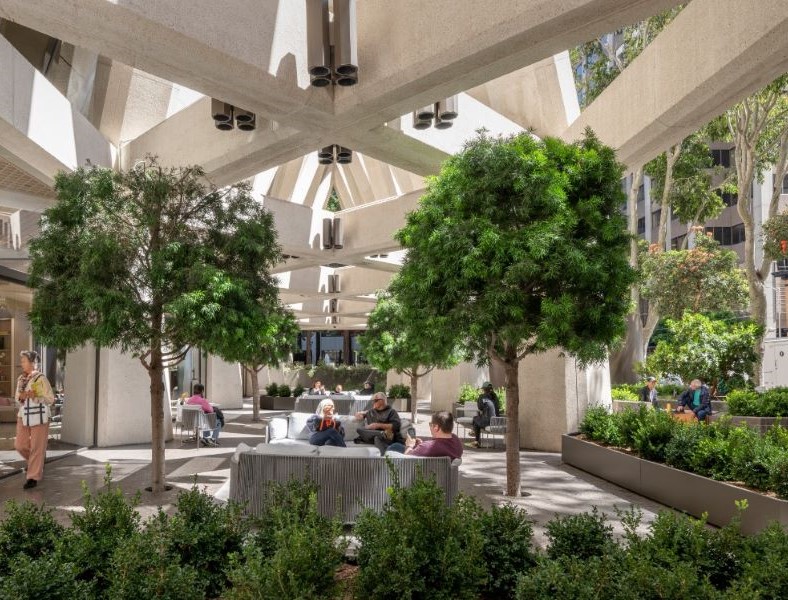
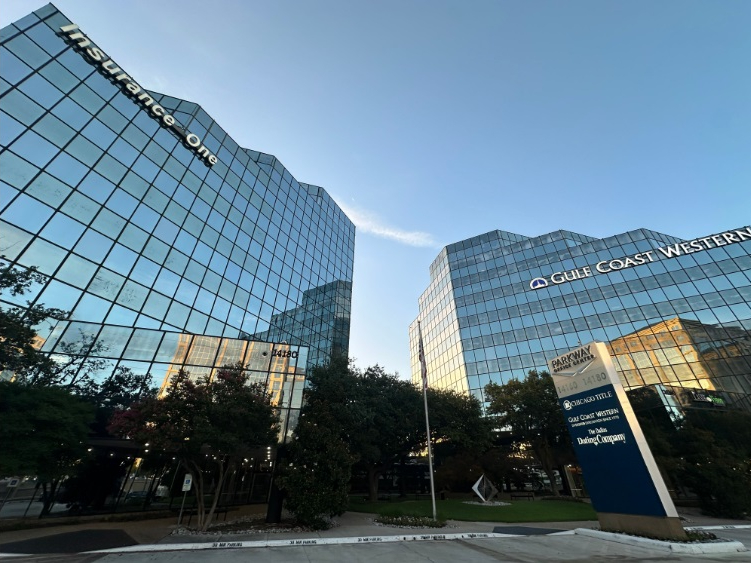
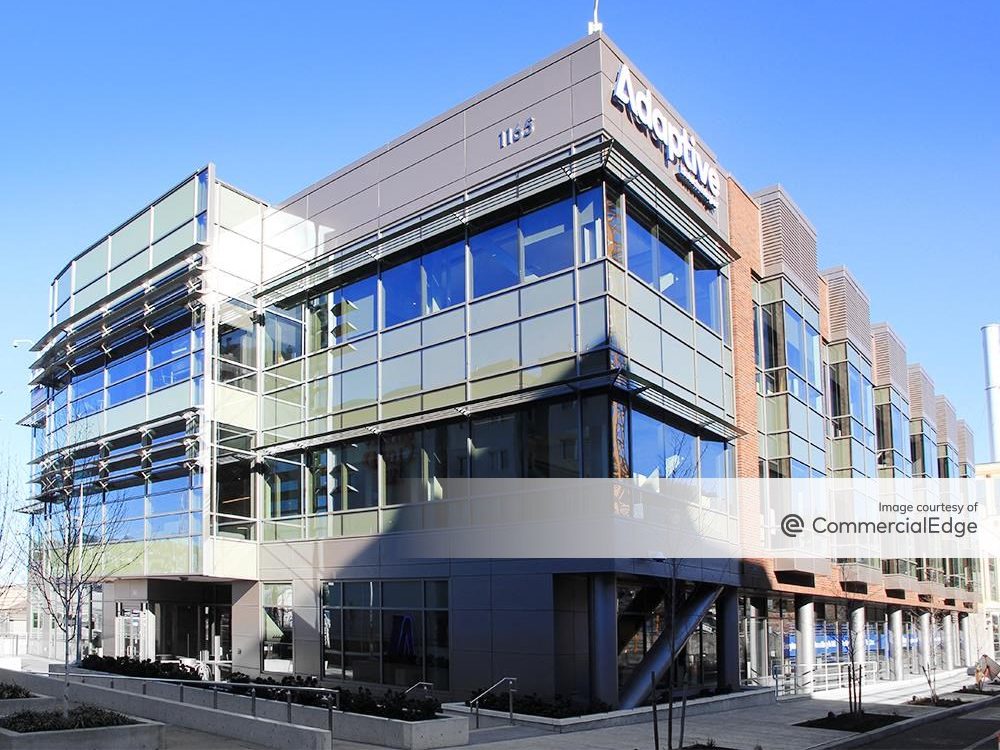

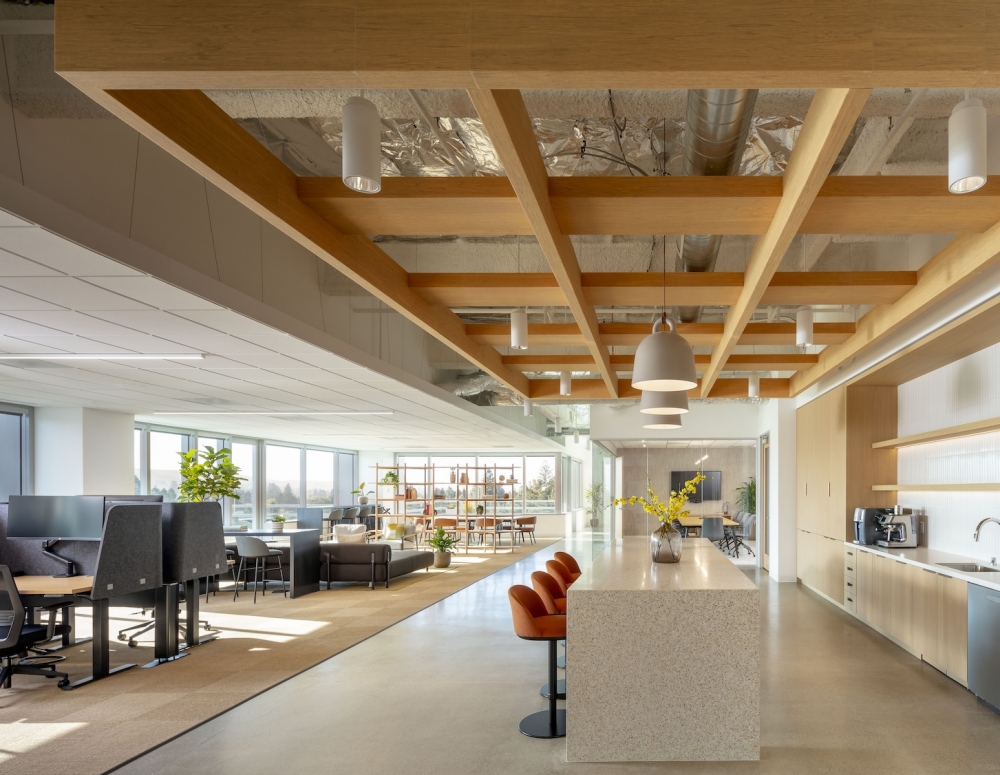
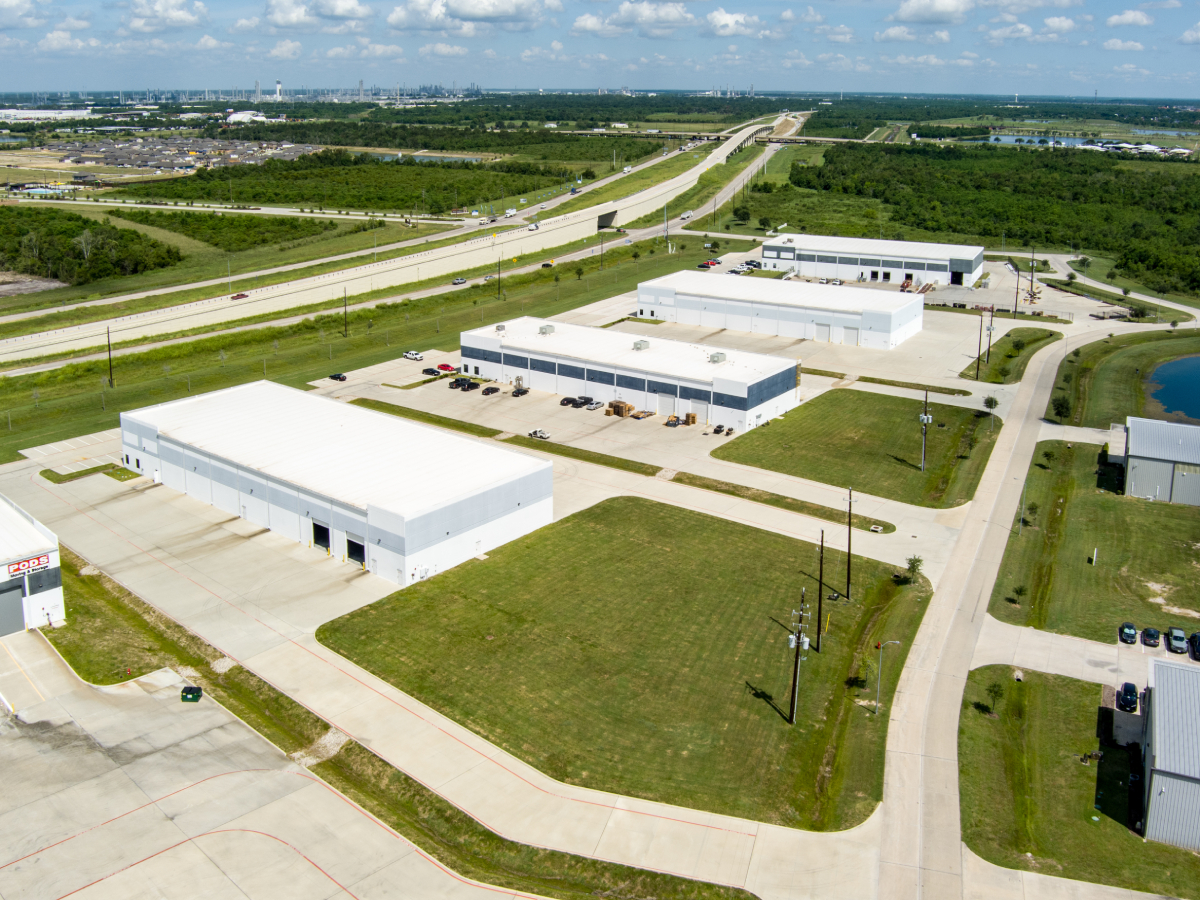
You must be logged in to post a comment.